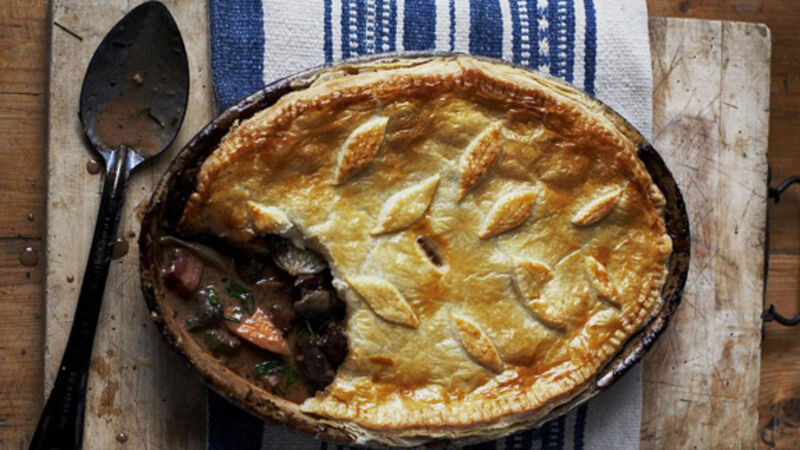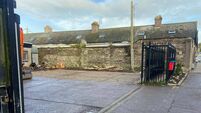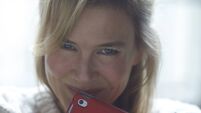Darina Allen’s Ballymaloe Pigeon Pie

The title didn’t sound particularly appealing “How a Love Of Food And Literature Can Bring Your Life In A Different Direction” but eminent food historian Dorothy Cashman kept us riveted for several hours and whetted many peoples’ appetite for food history, old cookbooks and lore.
Dorothy had almost stumbled into what has now becoming an all-absorbing hobby. Good wholesome food and convivial family meals were an important part of her childhood and stirred up as they do for many of us, nostalgic and happy memories.














